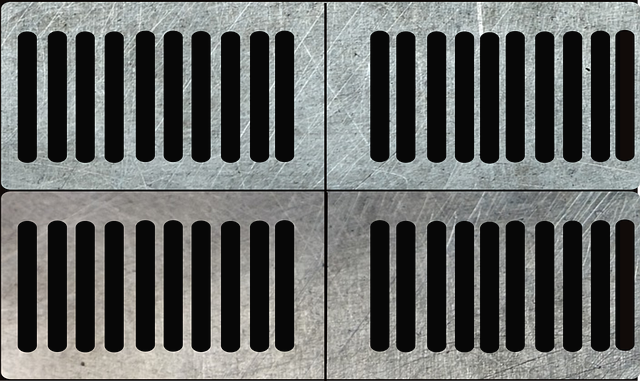Sewer line problems, from minor clogs to severe breaks, are costly and disruptive. Common issues include tree root intrusion and grease buildup. Regular maintenance like using drain covers, avoiding flushing non-biodegradable items, and professional inspections for older lines are crucial. Proactive addressing of these issues reduces the need for costly repairs outlined in the Sewer Line Repair Guide. Homeowners can contribute by being mindful of what goes down the drain and installing strainers. Avoiding flushable wipes and food scraps, scheduling annual professional inspections, and taking simple precautions extend the life of sewer lines and minimize guide interventions.
Avoid costly sewer line repairs with our comprehensive guide on preventive maintenance. Understand common issues like tree root intrusions, pipe corrosion, and fat buildup that can lead to clogs and leaks. Learn proactive strategies such as regular cleaning, inspection, and protection against tree roots. Discover essential tips for regular care, including proper waste disposal practices and the use of drain covers. Implement these measures to extend the life of your sewer lines and minimize unexpected disruptions.
- Understanding Common Sewer Line Issues
- Proactive Maintenance Strategies
- Essential Tips for Regular Care
Understanding Common Sewer Line Issues

Sewer line problems can range from minor clogs to severe breaks, causing costly and disruptive repairs. Understanding common issues is a key step in preventing these headaches. One of the most frequent problems is tree root intrusion. Trees seeking water can grow into sewer lines, causing blockages or even fracturing the pipes over time. Another widespread issue is grease buildup, especially in homes with grease-producing appliances like stoves and deep fryers. This buildup can congeal inside pipes, leading to clogs and eventual damage.
Regular maintenance, such as using drain covers to prevent hair and grease from entering, is crucial. Homeowners should also avoid flushing non-biodegradable items like wipes or sanitary products. For those with older sewer lines, inspections by professionals can help identify potential problems early on. By addressing these issues proactively, homeowners can significantly reduce the need for costly sewer line repairs detailed in a comprehensive sewer line repair guide.
Proactive Maintenance Strategies

Proactive maintenance is key in preventing sewer line problems, saving homeowners from costly and inconvenient sewer line repair guide procedures. Regular inspection and cleaning are essential steps to ensure your sewer lines remain functional. This involves hiring professional plumbers to perform regular checks and clear any blockages or debris that could lead to clogs or leaks. By identifying potential issues early on, you can avoid major repairs and the associated expenses.
Additionally, homeowners should be mindful of what goes down the drain. Avoiding disposal of greasy materials, coffee grounds, and large food particles can significantly reduce the risk of clogging. Install a strainer in your sink to capture hair and other small items before they enter the plumbing system. These simple proactive measures can extend the life of your sewer lines and minimize the need for frequent sewer line repair guide interventions.
Essential Tips for Regular Care

Regular care is key to preventing costly sewer line problems. One of the essential tips for maintaining your home’s sewer system is to avoid flushing non-biodegradable materials down the drain. Items like wipes, tampons, and food scraps can cause clogs and damage pipes over time. Instead, opt for a compost bin for organic waste and be mindful of what goes into your plumbing.
Another crucial practice is scheduling professional inspections annually. A Sewer Line Repair Guide recommends regular assessments to identify potential issues early on. During these visits, experts can locate cracks, leaks, or blockages before they escalate, saving you from expensive repairs.
Preventing sewer line problems is a proactive approach that saves time and money in the long run. By understanding common issues and implementing regular care strategies, homeowners can avoid costly sewer line repairs. A simple maintenance routine, including regular inspection, clearing obstructions, and using eco-friendly cleaning products, goes a long way in maintaining a healthy plumbing system. Embracing these tips from our Sewer Line Repair Guide ensures your sewer lines remain efficient and trouble-free for years to come.
